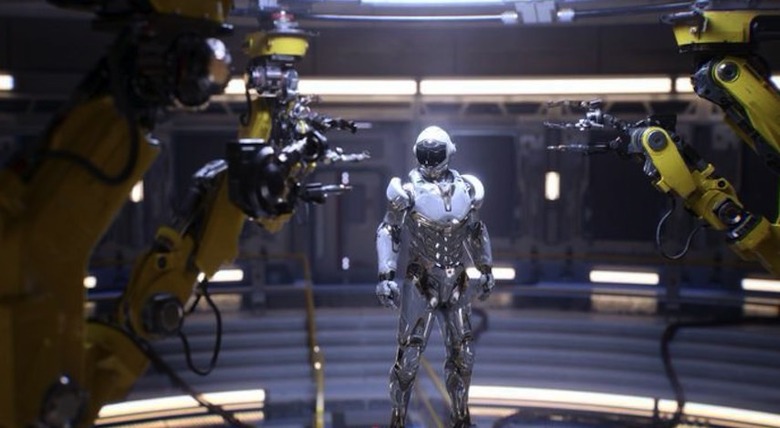Nvidia Just Unveiled The 'World's First Ray-Tracing GPU,' But It Means Nothing To Gamers Right Now
Nvidia has shared with the world its next game-changing GPU innovation which happens to be the world's first ray-tracing GPU. The new Turning architecture will allow all sorts of complex lighting effects that will mimic real life lights, a process that used to be too resource-intensive to render in real time.
However, as exciting as it may sound, the new Turing-based Quadro RTX GPU will not be available to gamers. Instead, we're looking at new tools for professionals, that will cost up to $10,000 when it launches later this year.
The announcement came at SIGGRAPH, The Verge reports, a conference that targets graphics professionals.
The Quadro RTX 8000 will pack 48GB of GDDR6 memory, 4,608 CUDA cores, and 576 Tensor cores. Ray-tracing capabilities sit at 10 gigarays a second, and general performance going up to 16 teraflops. VR support is included as well, thanks to VirtualLink support that will let users power virtual reality headsets over just one USB-C cable.
Gamers might get some good news real soon, as Nvidia is expected to make various announcements at Gamescom next week.
What seems to be clear is that GPU designs with GDDR6 memory will soon be a thing. Samsung on Tuesday announced that Nvidia's professionals Quadro GPU models will pack its own 16GB GDDR6 memory.
The new 16Gb GDDR6 memory will support a variety of uses, including 8K Ultra HD video processing, VR, augmented reality (AR), and artificial intelligence (AI).
The chip delivers speeds of up to 56Gbps, a 75% increase over 8Gb GDDR5 memory. As you might expect, Samsung's GDDR6 chips are also more energy efficient, consuming 35% less power than the "leading GDDR5 graphics solutions."
Samsung said that its memory will power all the new ray-tracing GPU models from Nvidia, including the Quadro RTX 8000, Quadro RTX 6000, and Quadro RTX 5000 GPUs, which will be available worldwide in October.
